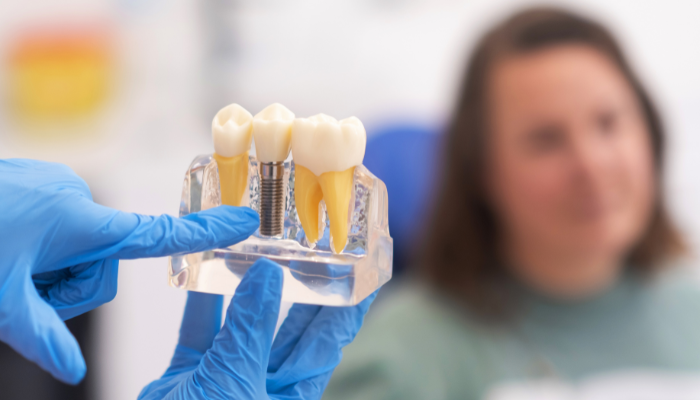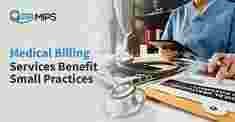Stroke, a leading cause of disability and mortality worldwide, presents significant challenges in medical management and rehabilitation. Rapid intervention is crucial to mitigate its devastating effects on the brain and improve patient outcomes.
While traditional treatments like thrombolytic therapy and rehabilitation have long been cornerstones in stroke management, emerging therapies such as cerebrolysin are gaining attention for their potential to enhance recovery. This article explores the best treatment options for stroke patients, with a focus on the role of Cerebrolysin in optimizing outcomes.
The best treatment options for stroke patients depend on various factors such as the type of stroke (ischemic or hemorrhagic), severity, and individual health conditions. Generally, immediate medical attention is crucial to minimize brain damage. Ischemic stroke patients may benefit from thrombolytic therapy like tissue plasminogen activator (tPA) or mechanical thrombectomy to restore blood flow. Hemorrhagic stroke treatment focuses on controlling bleeding and reducing pressure on the brain. Rehabilitation, including physical therapy, speech therapy, and occupational therapy, is essential for recovery. Additionally, managing risk factors like high blood pressure, diabetes, and cholesterol levels can help prevent future strokes.
Understanding Stroke and Its Treatment
A stroke occurs when blood flow to a part of the brain is interrupt, leading to brain cell damage and neurological deficits. Ischemic stroke, resulting from a block artery, and hemorrhagic stroke, caused by bleeding in the brain, are the two primary types. Immediate medical intervention aims to restore blood flow, preserve brain tissue, and prevent further damage.
Thrombolytic therapy, involving the administration of clot-busting drugs like Tissue plasminogen activator (TPA), is effective in ischemic strokes if administer within a narrow time window. Mechanical thrombectomy, a procedure to physically remove blood clots, has also emerge as a powerful intervention.
Post-stroke rehabilitation plays a crucial role in maximizing functional recovery and quality of life. Physical therapy, occupational therapy, speech therapy, and cognitive rehabilitation help stroke survivors regain lost abilities and adapt to new challenges. However, despite these interventions, many patients experience residual impairments and disabilities, underscoring the need for adjunctive therapies to promote neuroregeneration and repair.
Cerebrolysin: Mechanism of Action and Clinical Efficacy
Cerebrolysin is a peptide-based neurotrophic agent derive from porcine brain tissue. Its unique composition, containing various neurotrophic factors and peptides, exerts neuroprotective, neurotrophic, and neurogenic effects. By enhancing neuronal survival, promoting synaptic plasticity, and modulating neuro inflammation, cerebrolysin 10ml holds promise as a therapeutic adjunct in stroke recovery.
Preclinical studies have demonstrate the efficacy of Cerebrolysin in mitigating neuronal damage, reducing infarct size, and improving functional outcomes in animal models of stroke. These findings pave the way for clinical trials evaluating its safety and efficacy in human stroke patients.
Randomize control trials and meta-analyses have consistently shown favorable outcomes with Cerebrolysin therapy, including improve neurological function, enhance cognitive performance, and greater independence in activities of daily living.
The neuro restorative effects of Cerebrolysin extend beyond the acute phase of it, offering potential benefits in long-term recovery. Its ability to stimulate neurogenesis, synaptogenesis, and angiogenesis underscores its role in rewiring neural circuits and fostering structural brain remodeling. Moreover, Cerebrolysin’s anti-apoptotic and anti-inflammatory properties contribute to a neuroprotective microenvironment conducive to healing and regeneration.
Treatment options for stroke patients depend on the type of stroke (ischemic or hemorrhagic), the severity of symptoms, and other individual factors such as age and overall health.
Here are some of the best treatment options for stroke patients
Clot-Busting Medications (Thrombolytics)
For ischemic strokes, which occur due to a blockage in a blood vessel supplying the brain, clot-busting medications like tissue plasminogen activator (tPA) can be administer intravenously within a few hours of symptom onset to dissolve the clot and restore blood flow to the brain.
Endovascular Therapy
This involves procedures such as thrombectomy, where a catheter is used to physically remove the clot from the block artery. Endovascular therapy is often performed in conjunction with clot-busting medications and can extend the treatment window for certain patients.
Antiplatelet Medications
Medications like aspirin or clopidogrel may be prescribed to prevent further blood clot formation in both ischemic and hemorrhagic strokes.
Blood Pressure Management
Controlling high blood pressure is crucial in preventing recurrent strokes and managing complications. Medications may be prescribe to lower blood pressure to a safe level.
Cholesterol Management
Statin medications may be prescribe to lower cholesterol levels, reducing the risk of further cardiovascular events.
Blood Sugar Control
For diabetic patients, maintaining optimal blood sugar levels is important to prevent complications and promote recovery.
Rehabilitation Therapy
Physical therapy, occupational therapy, and speech therapy are essential components of stroke rehabilitation to help patients regain lost abilities and improve their quality of life.
Stroke Units and Specialized Care
Stroke units within hospitals offer specialize care for stroke patients, including access to neurologists, rehabilitation specialists, and other healthcare professionals with expertise in stroke management.
Supportive Care
This includes measures to address complications such as swallowing difficulties, muscle weakness, and cognitive impairments. Supportive care aims to optimize the patient’s comfort and functional abilities during recovery.
Lifestyle Modifications
Encouraging lifestyle changes such as smoking cessation, regular exercise, a healthy diet, and moderation of alcohol intake can help reduce the risk of recurrent strokes and improve overall cardiovascular health.
Integrating Cerebrolysin into Stroke Management
Incorporating Cerebrolysin into the treatment paradigm for stroke patients requires a multidisciplinary approach and individualized care. Early initiation of cerebrolysin therapy, either alone or in combination with standard interventions, may optimize outcomes by augmenting neuro repair processes and facilitating functional recovery.
Its favorable safety profile and tolerability make it a feasible option for diverse patient populations, including those with comorbidities or contraindications to other treatments.
Clinical guidelines for stroke management should consider the growing evidence supporting the use of Cerebrolysin as an adjunctive therapy. While further research is warrant to elucidate optimal dosing regimens, treatment duration, and patient selection criteria, the available data suggest a promising role for Cerebrolysin in improving stroke outcomes. If you want to buy medicine then you may also visit medicationplace site and get more benefits.
Conclusion
Stroke remains a significant healthcare burden worldwide, necessitating ongoing advancements in treatment strategies to enhance patient recovery and quality of life. While conventional therapies like thrombolytic therapy and rehabilitation play pivotal roles in stroke management, emerging therapies such as Cerebrolysin offer novel avenues for neuro restoration and repair.
Through its neurotrophic and neuroprotective mechanisms, Cerebrolysin holds promise as a complementary treatment modality to augment functional recovery and mitigate long-term disability in stroke patients.





